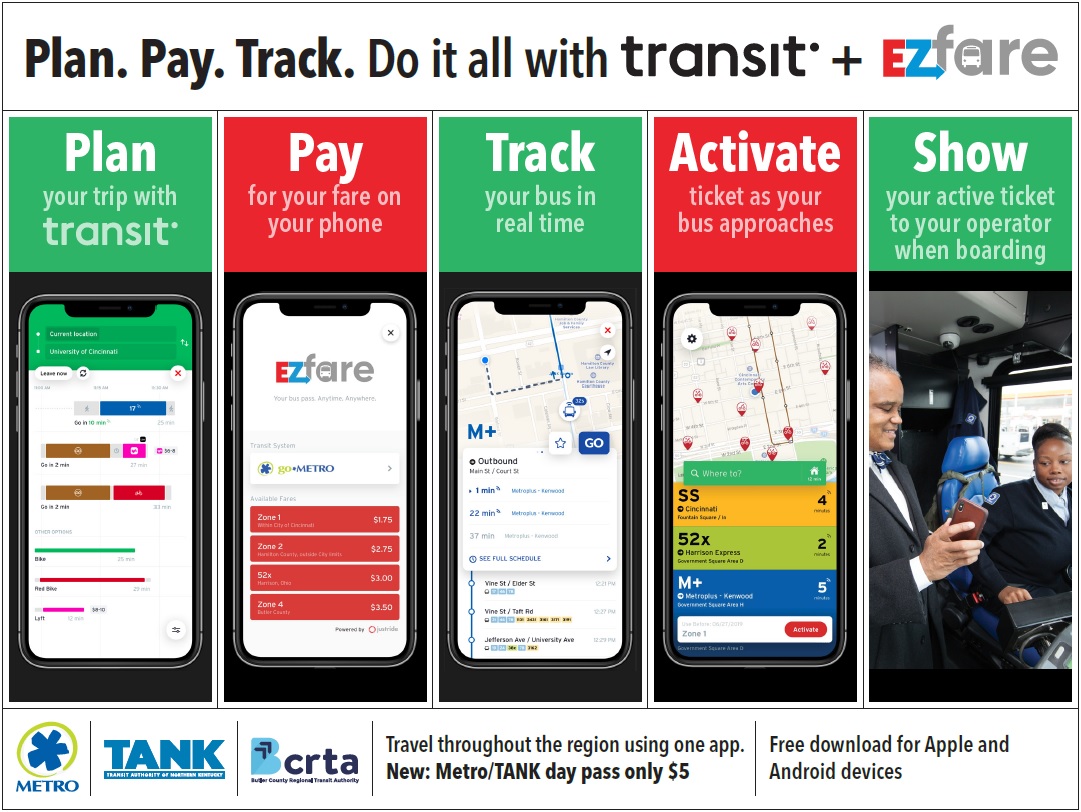

New mobile ticketing app makes paying for transit quicker and easier Join thousands already receiving our daily newsletter.Utah Transit Authority Digitizes Transit with Mobile App Powered by Passport Riders must download the UTA On Demand app to book trips that will start and end within the designated service area.Īn adult one-way fare is $2.50 however, for trying the new service, UTA is currently offering riders their first 10 rides for free.įor a full list of route changes, visit /Rider-Info/Change-Day. The shared transit service is currently only being offered in Salt Lake City’s west side and southern Salt Lake County.

The app-based technology matches multiple riders heading in a similar direction for efficient trips without lengthy detours or fixed routes. UTA On Demand connects riders with other transit services and local destinations within communities in service areas. 460 in Woods Cross, 462 in North Salt Lake, 471 in Centerville and others.

UTA On Demand is expected to replace terminated bus routes in southern Davis County such as Nos. UTA, however, will be implementing new services in areas where bus routes will not be returning. Under the federal umbrella as a transit authority, UTA is trying to keep service in areas where the highest number of people have the greatest level of need, such as low-income communities, near hospitals and other areas where people work nontraditional hours. With limited operators and a shift in how people are using public transportation, Callison said UTA is focused on providing services to areas where it will be most beneficial. “Even if we did have the drivers to bring routes back, ridership is changing,” Callison said.Īccording to Callison, ridership has evolved into “one big hump” throughout the day, whereas before COVID data showed peak travel times during rush hour in the morning and evening. Staffing shortages throughout the state are not the only factor in bus routes being reduced or discontinued, according to UTA Manager of Service Planning Eric Callison.


 0 kommentar(er)
0 kommentar(er)
